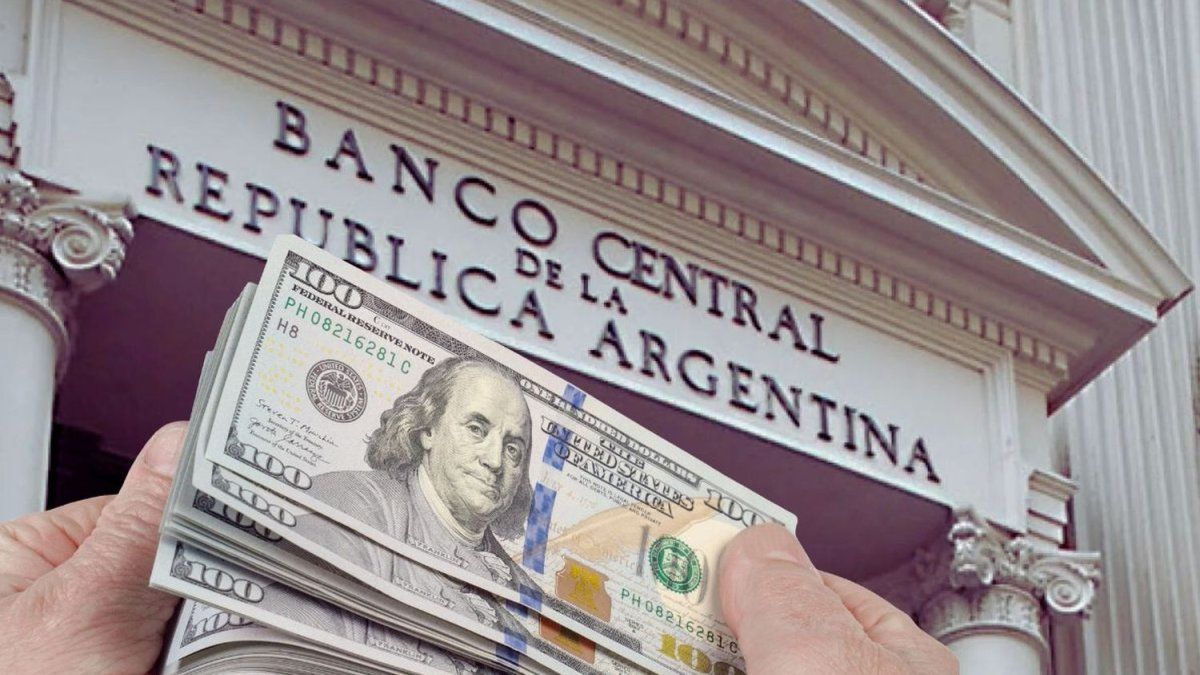Menu
Guide: Energy has its price – how to find the best one
Categories
Most Read
Construction costs exceeded 3% in September and reached their highest level of the year
October 16, 2025
No Comments
Asbestos in baby powder? Billion dollar lawsuit against Johnson & Johnson
October 16, 2025
No Comments
the swap with China, US aid and electoral expectations
October 16, 2025
No Comments
Pig price has fallen sharply: China’s tariffs are shaking up the market
October 16, 2025
No Comments
Save with a DNI Account! Access an unmissable benefit in your favorite neighborhood stores in October 2025
October 16, 2025
No Comments
Latest Posts

Dollar today: how much is it trading at this Thursday, October 16
October 16, 2025
No Comments
October 16, 2025 – 17:35 Find out how much the official dollar, blue, the MEP dollar and the CCL are trading at. He official dollar

The Government launched the new RUNA system, a digital platform to register 0 km cars
October 16, 2025
No Comments
October 16, 2025 – 17:22 It allows you to register vehicles completely online, with an additional 20% discount and direct delivery of license plates at

Donald Trump and Vladimir Putin will meet in Budapest to negotiate peace
October 16, 2025
No Comments
October 16, 2025 – 16:59 According to the American president, Thursday’s phone call with the Russian leader was “a big step forward.” The president of
24 Hours Worlds is a comprehensive source of instant world current affairs, offering up-to-the-minute coverage of breaking news and events from around the globe. With a team of experienced journalists and experts on hand 24/7.

